Workload Consolidation: The Entire IoT in One Box
July 15, 2019
Blog
congatec has developed a proof of concept based on a six-core Core i7-based COM Express module, a type 1 hypervisor from Real-Time Systems, and Ubuntu Linux.
As the IoT evolves, enterprise and embedded applications are merging. So much so, in fact, that they are now being deployed on the same hardware in some cases.
Known as workload consolidation, running multiple, mixed-criticality applications on the same hardware saves power, area, and total cost of ownership (TCO) in general. However, it also introduces the possibility of safety-critical, real-time software running alongside vulnerable, best-effort enterprise applications.
To deliver the benefits of workload consolidation while ensuring robust partitioning, congatec has developed a proof of concept based on a six-core Core i7-based COM Express module, a type 1 hypervisor from Real-Time Systems, and Ubuntu Linux.
As you will see in this demonstration presented by Colin McCracken of congatec, an AI-powered facial recognition application runs alongside a real-time stabilization function, all on the same system. Ubuntu, which supports the facial recognition app, can be completely rebooted without the stabilization mechanism missing a beat.
Tune in above for more.




